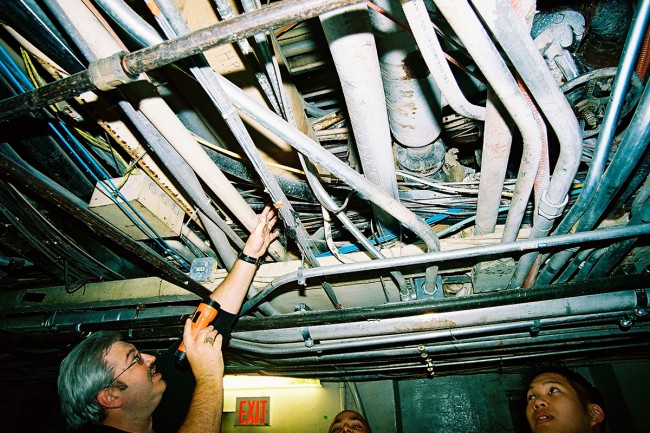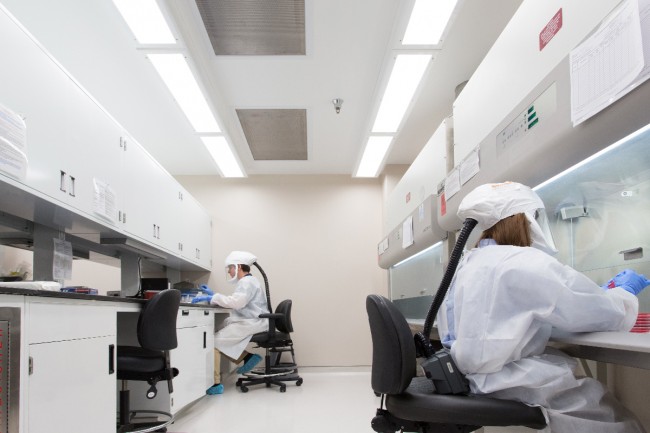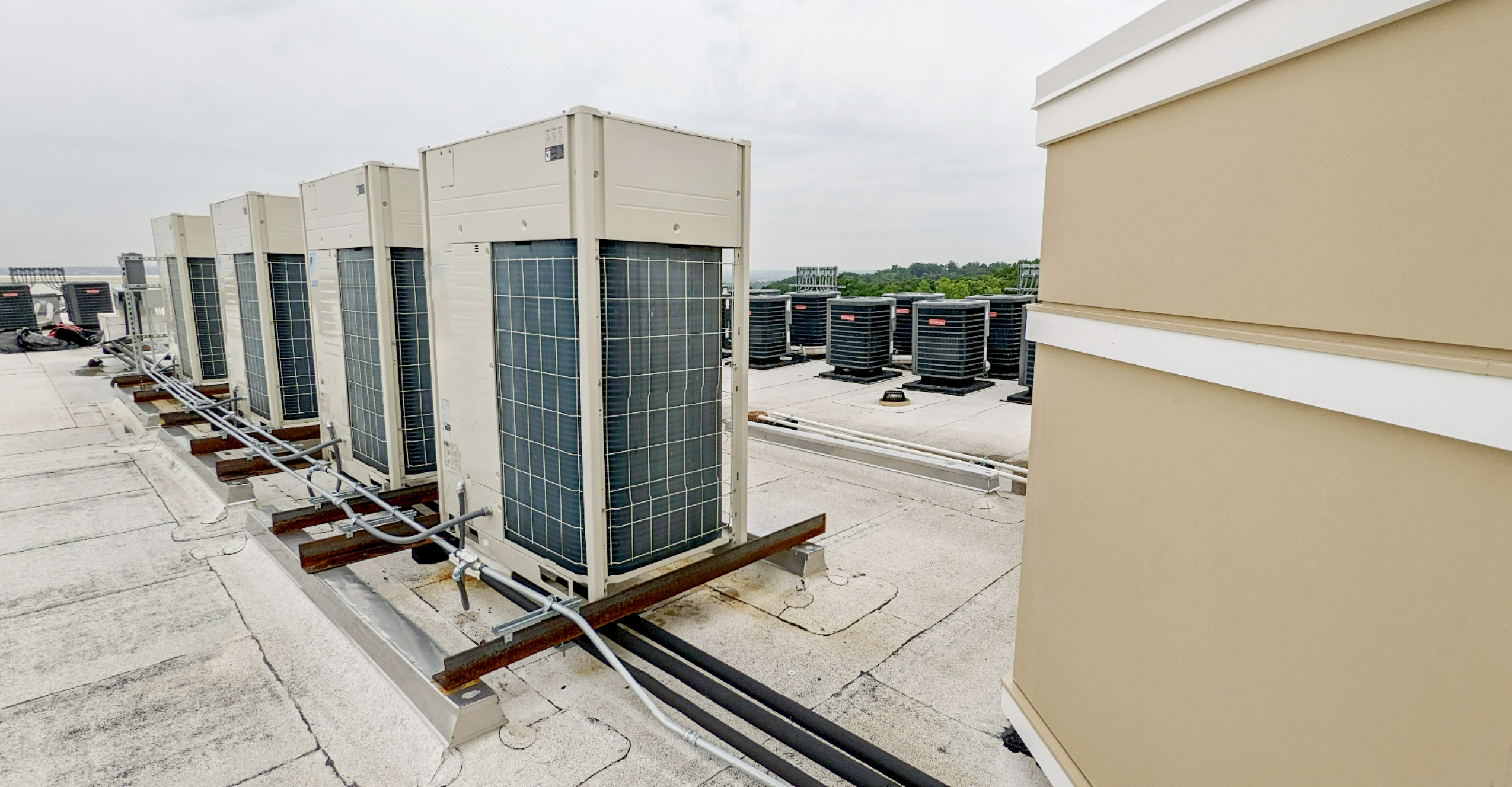The Unexpected Result
After performing multiple condition assessments of buildings, central energy plants, and utility distribution networks, we determined that well maintained mechanical and electrical systems could provide service lives that often exceeded industry averages. Furthermore, recommending replacement without proper justification would be premature, resulting in a poor investment for you, the facility manager and/or owner.
The Discovery Process
In performing our detailed assessments, we use many proven methods to determine the actual physical condition of your equipment. For example, visual assessments are the most frequently used method to identify equipment and systems that are worn, torn, rusted, deteriorated, broken, improperly installed, missing, abandoned, or inoperable. In the determination of a “Good,” “Fair,” or “Poor” rating of any item, the following is considered and investigated:
- Material integrity, age, deterioration, wear, leaks, damage.
- Corrosion (nature/cause, depth, remaining wall thickness).
- Repairability (Can the system be repaired in lieu of full replacement?).
- Obsolescence (Compared to present technology and/or techniques).
- Operability (Do the system and the system components still function as designed?).
- Rebuildability (Can the system or system components be rebuilt to original specifications?).
- Predicted Remaining Useful Life (PRUL) (predicted years before likelihood of unacceptable levels of system failure).
- Insulation (condition of insulation on steam or electrical systems).
- Efficiency (Does the system meet modern energy standards?).
- Code Compliance (Does the component meet safety standards?).
We also use what we call non-destructive examinations (NDE) to determine less obvious deficiencies. Our typical NDE equipment, which we own and operate, includes infrared scanners, ultrasonic thickness testers, flue gas analyzers, pipeline cameras, sound meters, ammeters, flow meters, and a variety of gauges, data loggers and recorders. Our primary goal (using this equipment) is to determine an accurate rating of the physical condition and performance for your equipment and systems; a rating that can be qualified by engineering principles. This rating helps you form the basis for making informed and defendable capital renewal decisions.






